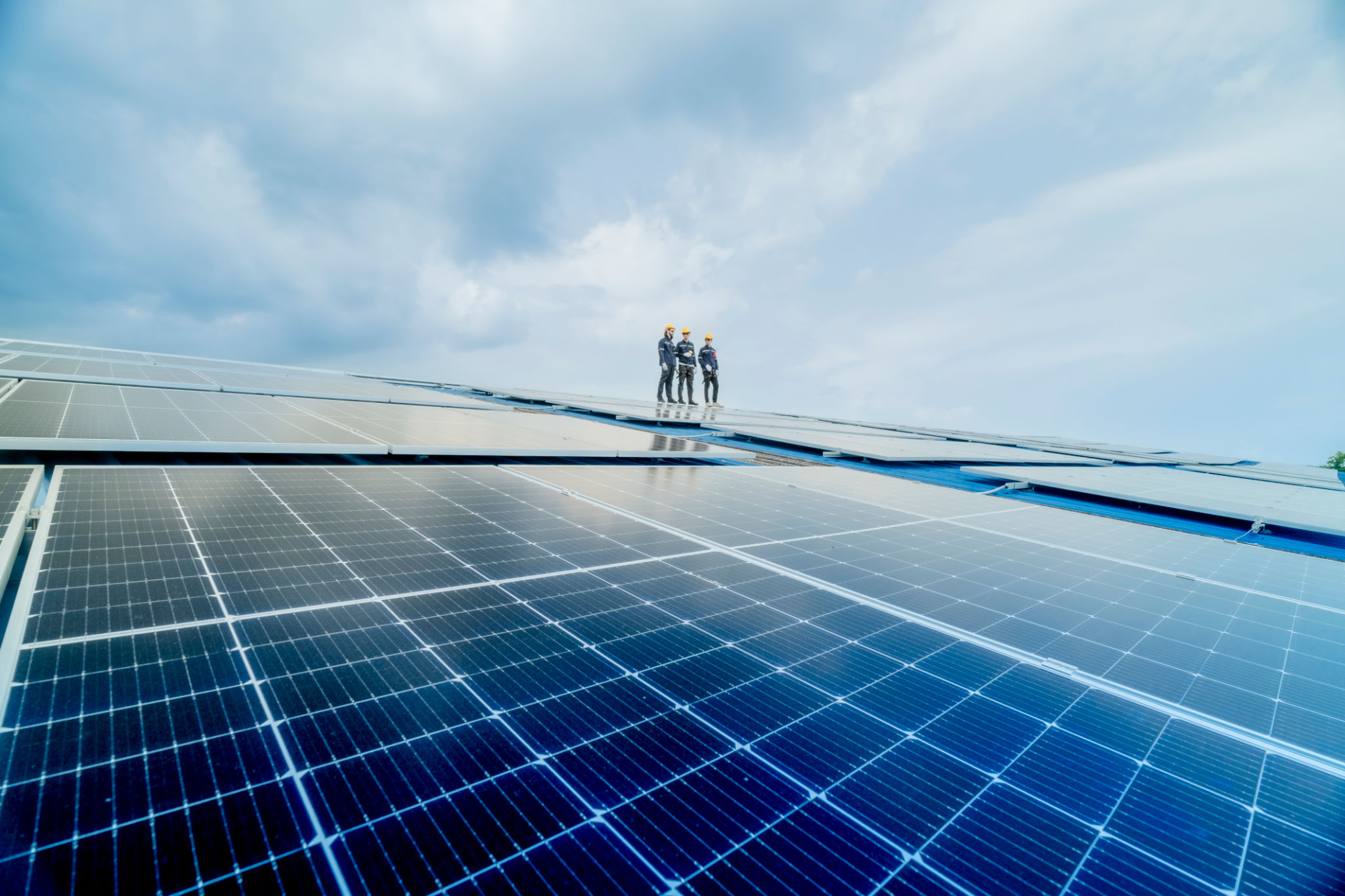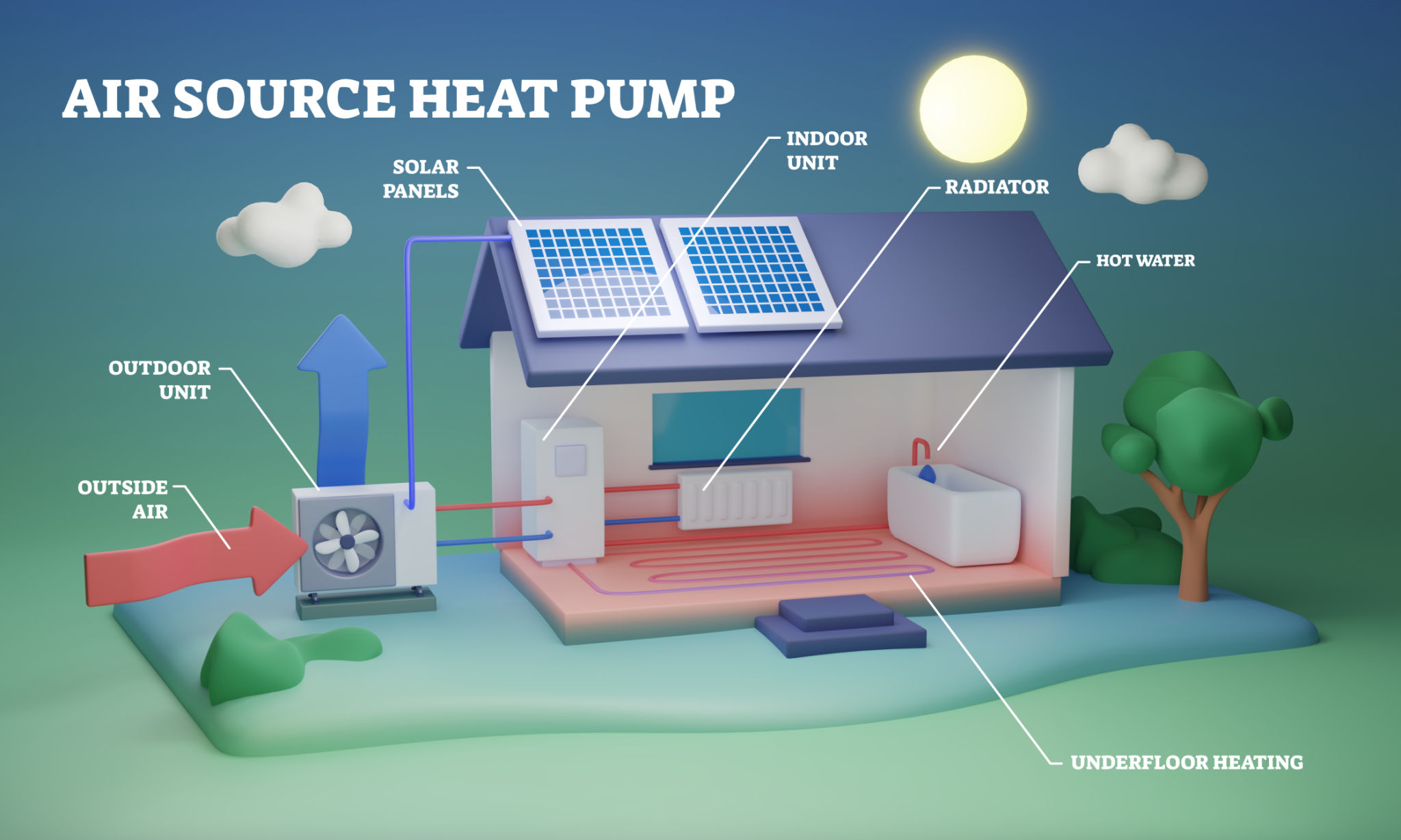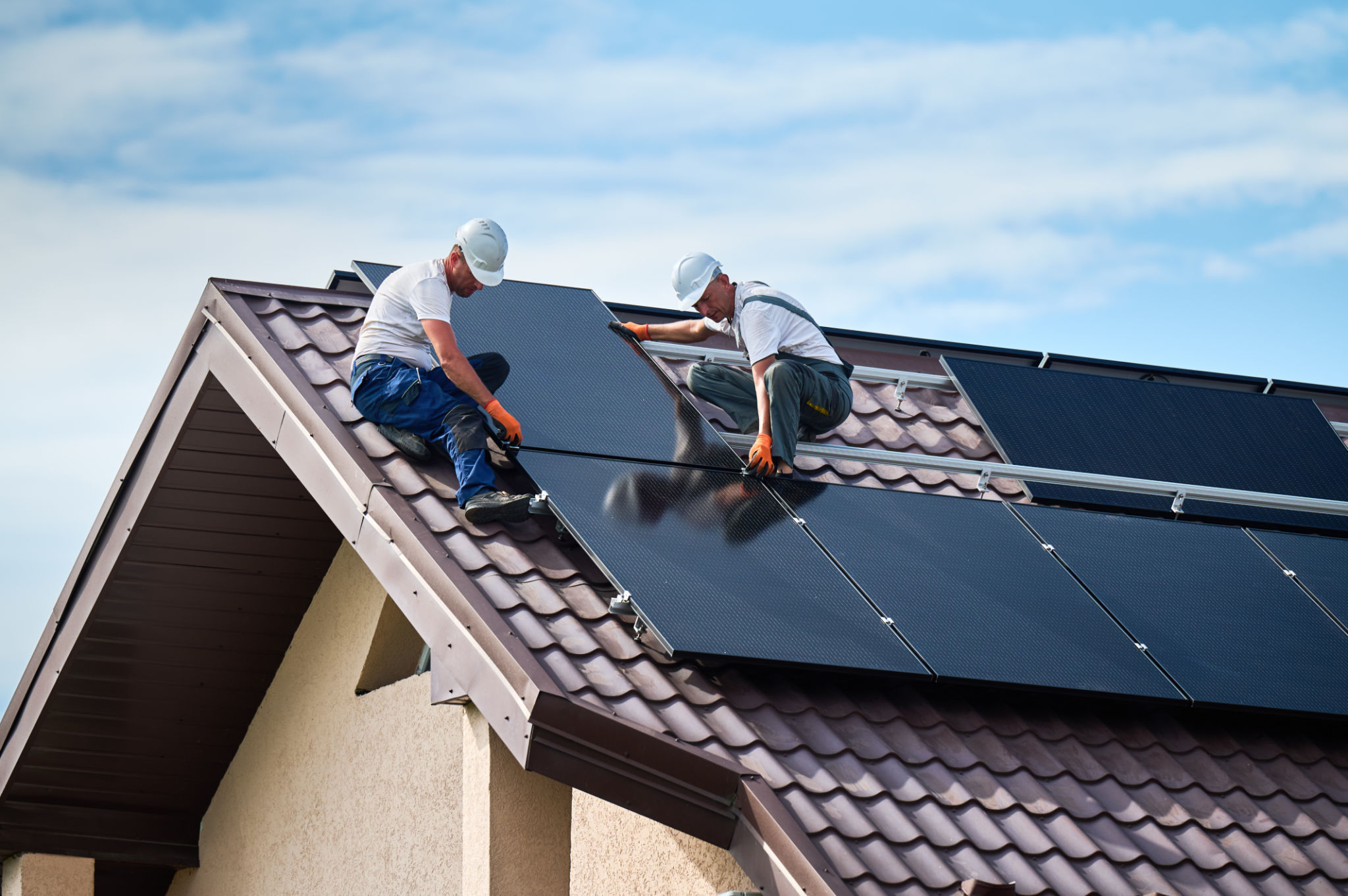Industrial Solar Energy Systems in Maryland: A Comprehensive Overview
Introduction to Industrial Solar Energy Systems
Industrial solar energy systems are becoming an increasingly popular choice for businesses in Maryland looking to reduce their carbon footprint and energy costs. With advancements in technology, these systems are more efficient and cost-effective than ever before. They offer a sustainable solution for powering industrial operations while contributing to environmental conservation efforts.

The Benefits of Industrial Solar Energy
Switching to industrial solar energy systems offers numerous benefits, particularly for businesses in Maryland. One of the most significant advantages is the reduction in operational costs. By generating electricity on-site, companies can decrease their reliance on traditional power grids, leading to substantial savings on energy bills.
Moreover, using solar energy helps businesses reduce their greenhouse gas emissions. This eco-friendly approach not only supports environmental sustainability but also enhances the company's reputation among environmentally conscious consumers and stakeholders.
How Industrial Solar Systems Work
Industrial solar energy systems function by capturing sunlight through photovoltaic (PV) panels and converting it into electricity. These systems can be installed on rooftops or as ground-mounted arrays, depending on the available space and specific needs of the business.

The electricity generated is either used immediately to power industrial operations or stored in batteries for later use. Any excess electricity can also be fed back into the grid, potentially earning the company credits or financial compensation through net metering programs.
Solar Incentives and Financing Options
Maryland offers a variety of incentives and financing options to encourage businesses to adopt solar energy. The state's Solar Renewable Energy Certificate (SREC) program allows companies to earn and sell credits for the solar power they generate. Additionally, federal tax credits can cover up to 26% of the installation costs for solar systems.
Various financing options, including power purchase agreements (PPAs) and leasing arrangements, make it easier for businesses to invest in solar energy without upfront capital. These options allow companies to pay for solar installations over time while benefiting from immediate cost savings.

Challenges and Considerations
Despite the numerous benefits, there are several challenges associated with implementing industrial solar systems. Initial installation costs can be significant, although the long-term savings often outweigh these expenses. Businesses must also consider factors such as site location, available space, and potential shading issues that could affect system efficiency.
Maintenance is another consideration, as regular inspections and cleanings are necessary to ensure optimal performance of the solar panels. Working with experienced solar providers can help businesses navigate these challenges effectively.
Conclusion: The Future of Industrial Solar in Maryland
As technology continues to advance and costs decrease, industrial solar energy systems are likely to become more prevalent across Maryland's business landscape. By investing in solar power, companies can not only lower their operational costs but also contribute positively to the environment.
For businesses looking to stay competitive and sustainable, exploring industrial solar energy options is a strategic move that promises long-term benefits.